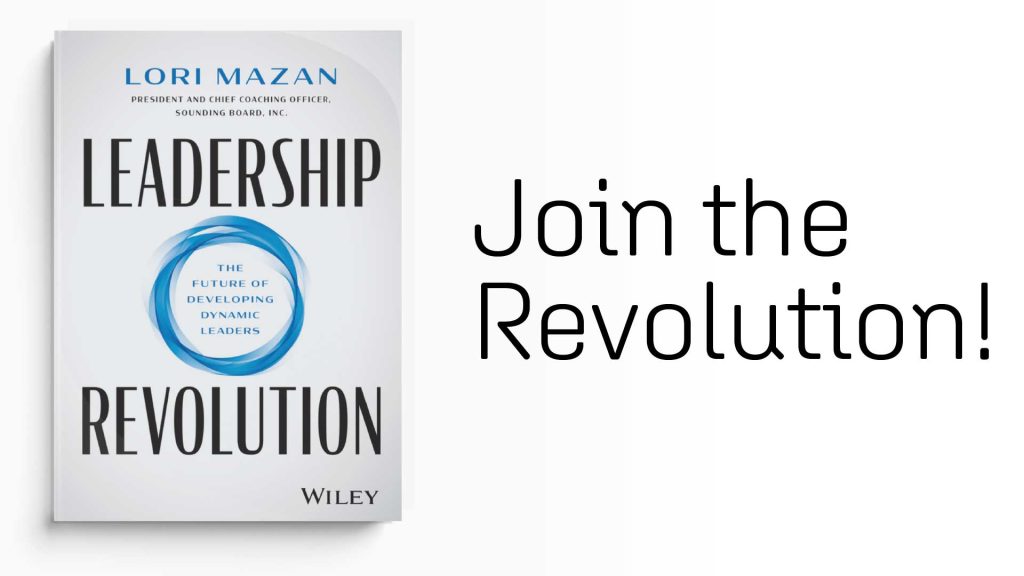It is likely that we can all agree on one thing when it comes to business: what makes an organization prosperous and truly differentiates one company from the rest is not the service it offers or the product it sells; it’s the people within it.
That simply means that if you invest in the quality of your team, you’ll be well on your way to outdoing the competition and putting your organization on the map. One sure-fire way to do this is through learning and development (L&D).
However, L&D efforts are meaningless if the learnings are not retained in measurable ways. There are tons of L&D measurement tools out there, but there’s one that sticks out: the Kirkpatrick model. As a business or HR leader, an understanding of the Kirkpatrick measurement model can help you understand if your learning efforts are working. Below, we’ll tell you exactly how to design learning with measurement in mind.
What is The Kirkpatrick Model?
True to its name, the Kirkpatrick model is the brainchild of Don Kirkpatrick. The famed L&D expert first created the Kirkpatrick model in 1959 with the aim of helping business leaders to objectively measure the effectiveness of training. However, it was not until 1998 that the Kirkpatrick model came into the limelight after it was revamped and published as a book—The Four Levels of Training Evaluation.
To date, this measurement tool continues to revolutionize how business leaders gauge their learning and development strategies.
The Four Levels of The Kirkpatrick Model Explained
The Kirkpatrick model is made up of four distinct levels: reaction, learning, behavior, and impact. While these stages have remained intact on a macro-level, a lot has changed since their inception. Below, we explain each level of the model from a detailed, new-world perspective.
Level 1: Reaction
The starting point for the Kirkpatrick model is to find out how your team members reacted to the learning and development experience. Did they love it? Or were they dissatisfied?
This level measures whether employees find the learning useful, engaging, and favorable to their work setting. You can investigate their reaction via a post-learning quiz or survey that prompts them to rate their overall L&D experience.
Level 2: Learning
The second Kirkpatrick level evaluates the actual learning that took place, both from a macro and micro standpoint. This is where you measure the learning and development of each team member based on whether they gained the intended knowledge, skills, confidence, and attitude.
To gauge the accuracy and effectiveness of the L&D process, ask your team members to take two tests or quizzes—before and after the exercise. And if you want to reduce measurement inconsistencies down the road, adopt a clear, well-defined scoring process well in advance.
Level 3: Behavior
Behavior is by far the most important stage of the Kirkpatrick model. This is where you gauge whether the learning experience genuinely impacted your team members and, if yes, which of the acquired skills can make it into the workplace.
The good news about measuring behavior is that it can give you a bird’s-eye view of your workplace, including issues that might peg back your team members’ productivity.
Level 4: Results
Measuring learning using the Kirkpatrick model wouldn’t be possible without the results stage. How else will you know if your expectations were met?
This Kirkpatrick stage focuses on measuring direct outcomes. Here’s where you gauge the learning against your company’s key business outcomes— the performance indicators that were set prior to the start of the L&D process. Common performance indicators include reduced absenteeism amongst staff members, improved ROI, higher employee morale, and better internal process quality.
Implementing the Kirkpatrick Model: 5 Best Practices for Designing Measurement-Focused Learning
Now that you’ve grasped the nuts and bolts of the Kirkpatrick model, let’s take a look at this measuring tool in action.
Design Learning with Measurement in Mind
The truth is that reverse-engineering measurement is a daunting prospect, one that can deplete your organization’s training resources significantly. So before executing the Kirkpatrick model, it’s important to first envision your idea of success and how you can measure it.
Nothing beats the disappointment of ending up with learning outcomes that are way off the mark. But once you nail this practice, the rest will come easy.
Let Key Performance Indicators (KPIs) Guide Your Path
Without key performance indicators to inform learning measurement objectives, your Kirkpatrick model implementation will likely fall at the first hurdle. This is a risk you can’t afford to take, given the level of investment required to successfully measure learning.
That said, leaders must adopt well-expounded KPIs to better understand what needs to change within their organizations. These metrics range from individual competencies and skills to organizational capabilities to strategic business goals.
No Objectives, No Results
Put your best foot forward by identifying the learning and development objectives that you need to address at the tail-end of the Kirkpatrick measurement model. A great way to do this is through concise, well-thought-out questions whose answers are measurable and actionable. The answers you get will act as the guiding objectives.
Examples of questions you can ask to inform your learning measurement objectives include those:
- Based on Roles: How has a specific role (insert type of role here) changed over time? Are my team members doing enough to fulfill the said roles
- Based on Individual Needs: How do my employees prefer to learn? What’s likely to stand in their way while applying the learning?
- Based on Business Needs: What kind of strategic objectives will the learning support? Do my team members need to step up? Do they need to raise their capabilities a notch higher? Does it make sense to change the current workplace culture?
By laying down the objectives you want to achieve, you’ll be better placed to track your employees’ learning progress against them.
Settle for Learning Measurements that Bring in Real Value (Less is more)
Consider how you’ll implement the learning and development outcomes you’ll get from the Kirkpatrick model. Is it possible to act upon the measurement results, and do these actions have tangible business value? Take time to think about the issues you’re trying to solve with the model. The more specific you can be with your learning measurements; the more accurate the Kirkpatrick model’s results will be. This will likely lead to higher learning ROI in the long haul.
Keep Every Stakeholder in the Loop
It is one thing to design organizational learning with measurement in mind, but it’s a whole different story trying to convince organizational stakeholders that the Kirkpatrick model is worth a shot. Despite its many obvious benefits, some stakeholders might view it as a threat to their existing learning measurement tools.
As a business leader or HR partner, you must be willing and ready to educate your organization about the whys of measuring learning using the Kirkpatrick model. Partner with line managers and departmental heads to earn their commitment and ensure you’re all singing the same tune prior to its implementation.









